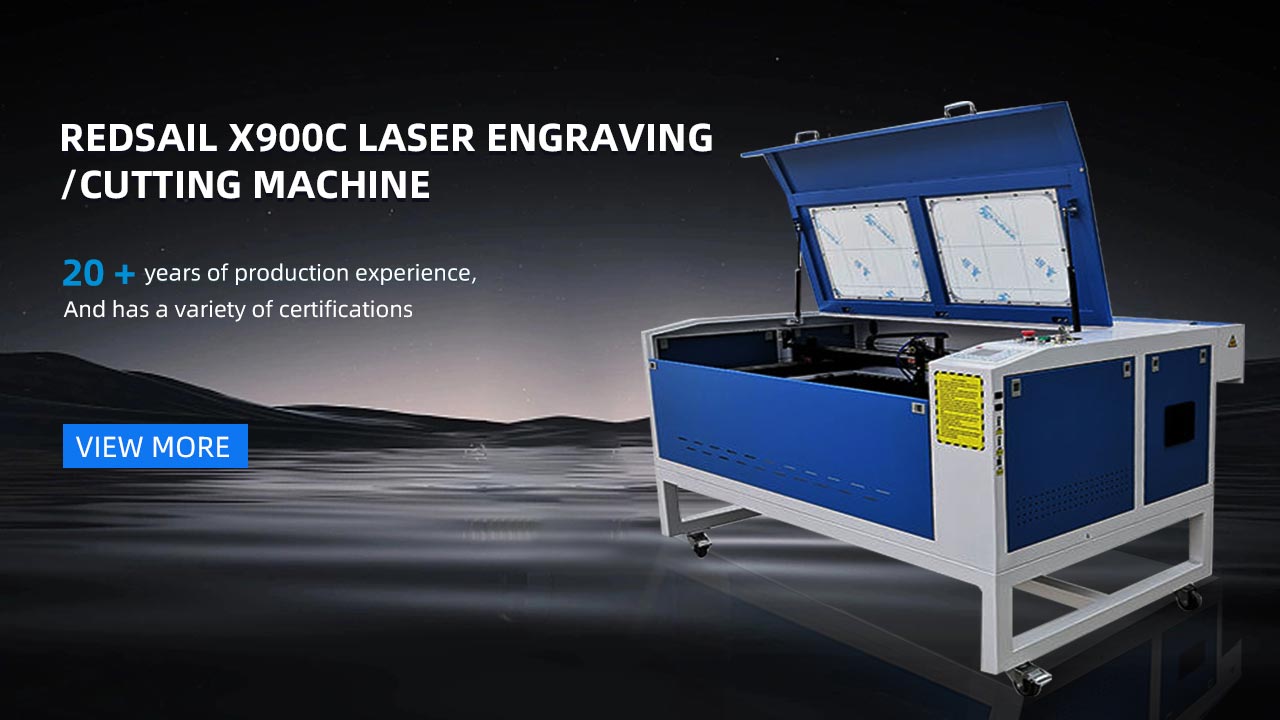What You Need to Know About Laser Engraving Ink: The Best Techniques, Applications, and Benefits
When it comes to laser engraving, ink plays a vital role in achieving professional and high-quality results. Laser engraving ink is designed to withstand the intense heat of the laser and produce durable and precise markings on various materials. In this article, we will explore the best techniques for laser engraving ink, its applications, and the many benefits it offers.
The Best Techniques for Laser Engraving Ink
Mastering the techniques of laser engraving ink is crucial to producing outstanding results. Below are three top techniques to help you achieve the best possible outcome:
- Choosing the right laser engraving machine: Selecting the right machine that suits your specific needs is essential. Make sure the laser power and wavelength are compatible with the ink you intend to use.
- Preparation and cleaning of the material: Properly prepare the material surface by cleaning it thoroughly, removing any dust or debris that could impact the engraving process or affect the ink adhesion.
- Testing and adjusting laser settings: Before starting a large-scale engraving project, it is advisable to conduct a test run on a small sample. This allows you to tweak the laser settings, such as power and speed, to achieve the desired depth and darkness of the engraving.
Applications of Laser Engraving Ink
Laser engraving ink finds applications in various industries and can be used on a wide range of materials. Below are some common applications:
- Product Labeling and Branding: Laser engraving ink is widely used for product labeling and branding purposes. It provides permanent and tamper-resistant markings on materials like wood, metal, plastic, and glass, making it ideal for product serialization and branding.
- Trophy and Awards: Personalized trophies and awards are highly cherished, and laser engraving ink is perfect for adding names, logos, and other designs onto trophies made from acrylic, glass, or metal materials.
- Industrial Part Marking: Laser engraving ink is an excellent choice for industrial part marking, whether it’s serial numbers, barcodes, or QR codes. This ensures traceability, quality control, and efficient inventory management.
The Benefits of Laser Engraving Ink
Laser engraving ink offers several benefits, making it a popular choice among professionals. Here are the key advantages:
- Highly durable markings: Laser engraving ink produces permanent and resistant markings that remain intact even under harsh conditions, such as exposure to chemicals, extreme temperatures, and UV radiation.
- Precision and Versatility: Laser engraving ink allows for precise and detailed engravings, irrespective of the material’s hardness. This makes it suitable for a wide range of materials, including metal, wood, leather, glass, and plastic.
- Time and Cost-Efficient: Laser engraving ink offers a fast and efficient solution for marking various materials, reducing production time and costs associated with traditional methods.
FAQs
Q: How long do laser engraved markings with ink last?
A: Laser engraved markings with ink are extremely durable and can last for a lifetime. The laser creates deep and permanent engravings that remain resistant to fading, wear, or any other physical damage.
Q: Can I use laser engraving ink on any material?
A: Laser engraving ink can be used on a wide range of materials, including metals (such as stainless steel, aluminum, and brass), wood, glass, plastics, and even leather.
Q: Is laser engraving ink safe to use?
A: Yes, laser engraving ink is safe to use. However, it is advisable to follow the manufacturer’s guidelines for proper handling and use adequate protective equipment, such as safety goggles and gloves, during the engraving process.
Overall, laser engraving ink is a fantastic choice for achieving precise and permanent markings on various materials. By mastering the best techniques, leveraging its broad range of applications, and benefiting from its numerous advantages, you can elevate your laser engraving projects to new heights.





